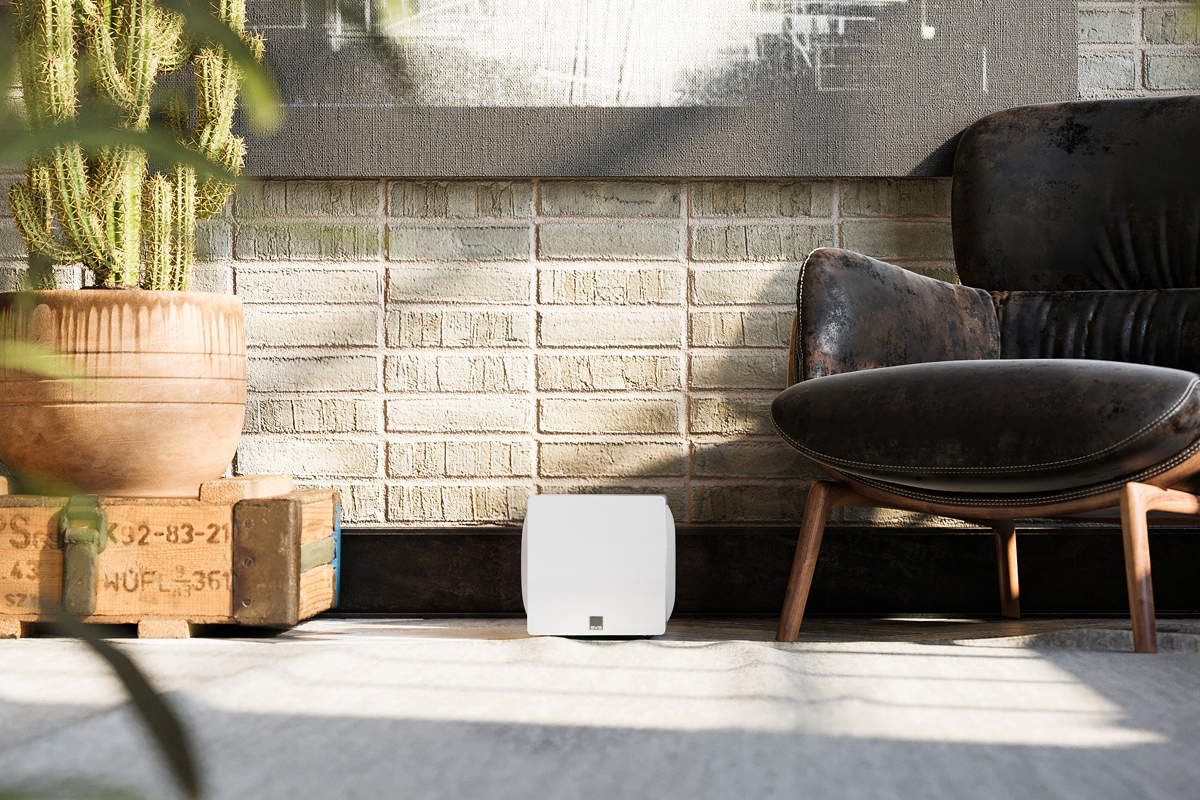
SVS 3000 Micro Subwoofer
- Written by: Gordon Brockhouse
 Since mid-2019, I’ve been looking for ways to get better bass from the music system in the living room of the 1920s Toronto rowhouse I share with my infinitely better half. My quest began when I reviewed Elac’s Navis ARF-51 speakers ($4599.96/pair; all prices USD). Those active floorstanders delivered deeper bass and more slam than the active stand-mounted speakers I was using at the time, and I enjoyed them so much I bought the review samples.
Since mid-2019, I’ve been looking for ways to get better bass from the music system in the living room of the 1920s Toronto rowhouse I share with my infinitely better half. My quest began when I reviewed Elac’s Navis ARF-51 speakers ($4599.96/pair; all prices USD). Those active floorstanders delivered deeper bass and more slam than the active stand-mounted speakers I was using at the time, and I enjoyed them so much I bought the review samples.
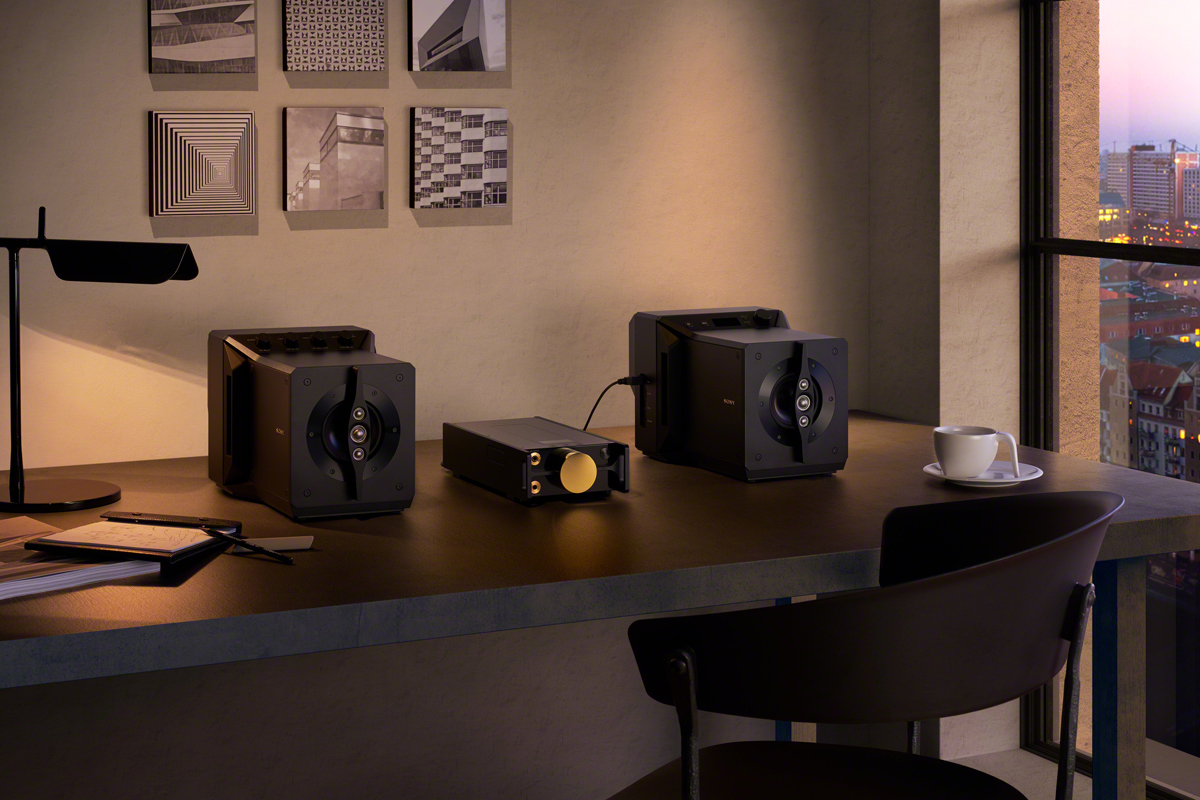
Sony SA-Z1 Active Nearfield Loudspeakers
- Written by: Gordon Brockhouse
In mid-February, SoundStage! editor-in-chief Jeff Fritz e-mailed to ask if I’d be willing to put together a “virtual system” as part of a series he was writing for SoundStage! Ultra: “If you had an unlimited budget and wanted the best performance money could buy on the desktop, what would you pick?”
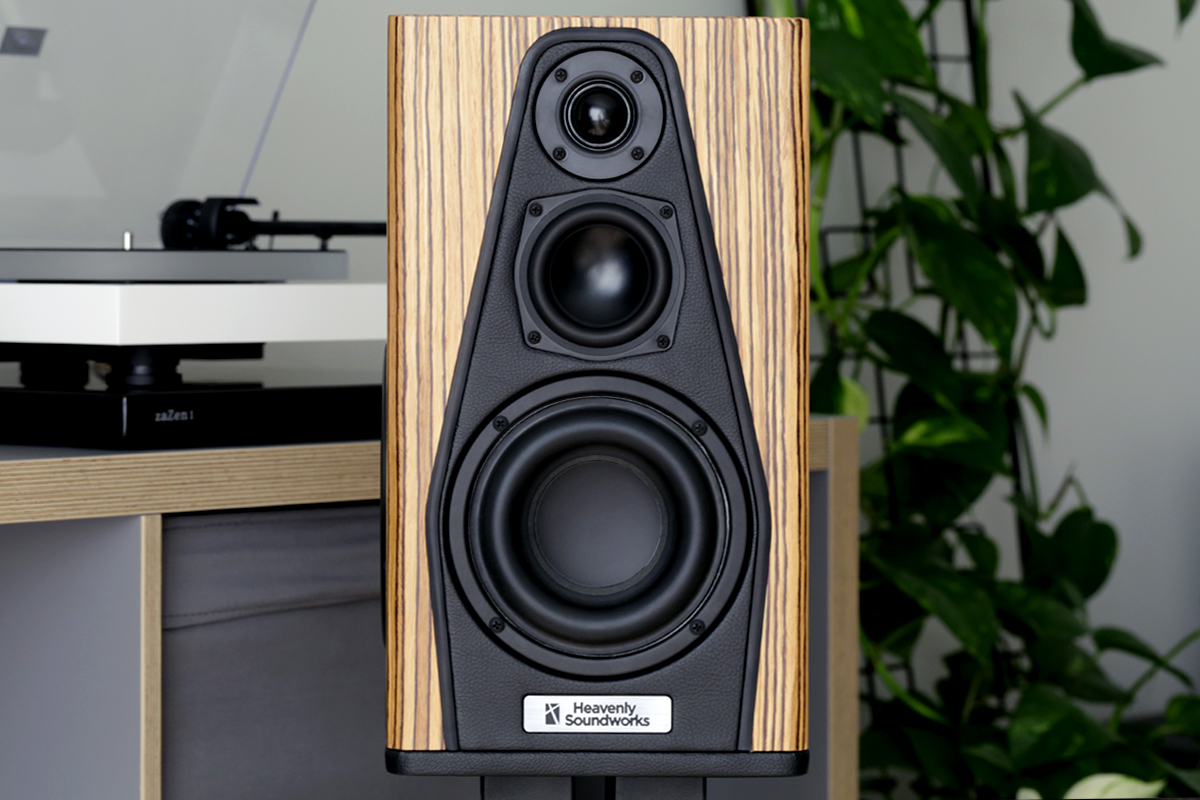
Heavenly Soundworks FIVE17 Active Loudspeakers
- Written by: Gordon Brockhouse
Note: measurements taken in the anechoic chamber at Canada's National Research Council can be found through this link.
Three years ago, when Kevin and Jonathan Couch formed Heavenly Soundworks, the father-and-son team planned to make only conventional passive loudspeakers—active speakers weren’t on the agenda. “My dad has been into audio as long as I can remember—since before I was born,” Jonathan told me in a phone interview, “which is why I’m into it too.”

Spotify Goes Lossless
- Written by: Gordon Brockhouse
It’s hard for people who are passionate about something to imagine others not sharing their enthusiasm. How could anyone not appreciate small-batch bourbons? Or 35mm rangefinder cameras? Or vintage wristwatches?

In Defense of Streaming
- Written by: Gordon Brockhouse
For his February 1 “SoundStage! UK” column on SoundStage! Hi-Fi, Ken Kessler wrote an entertaining (but slightly unhinged) rant, “I Hate Streaming.” Characteristically, Ken spiced up his piece with colorful prose. “As for streaming, I can’t even be bothered to dignify it by hating it,” he proclaimed. “Rather, I prefer to disrespect it with the ultimate insult: I couldn’t care less about it. . . . Indeed, when suffering insomnia, I think of streaming. Then, when I invariably wake up at 3 a.m., being of pensioner age, streaming is exactly what I do. In the loo.”
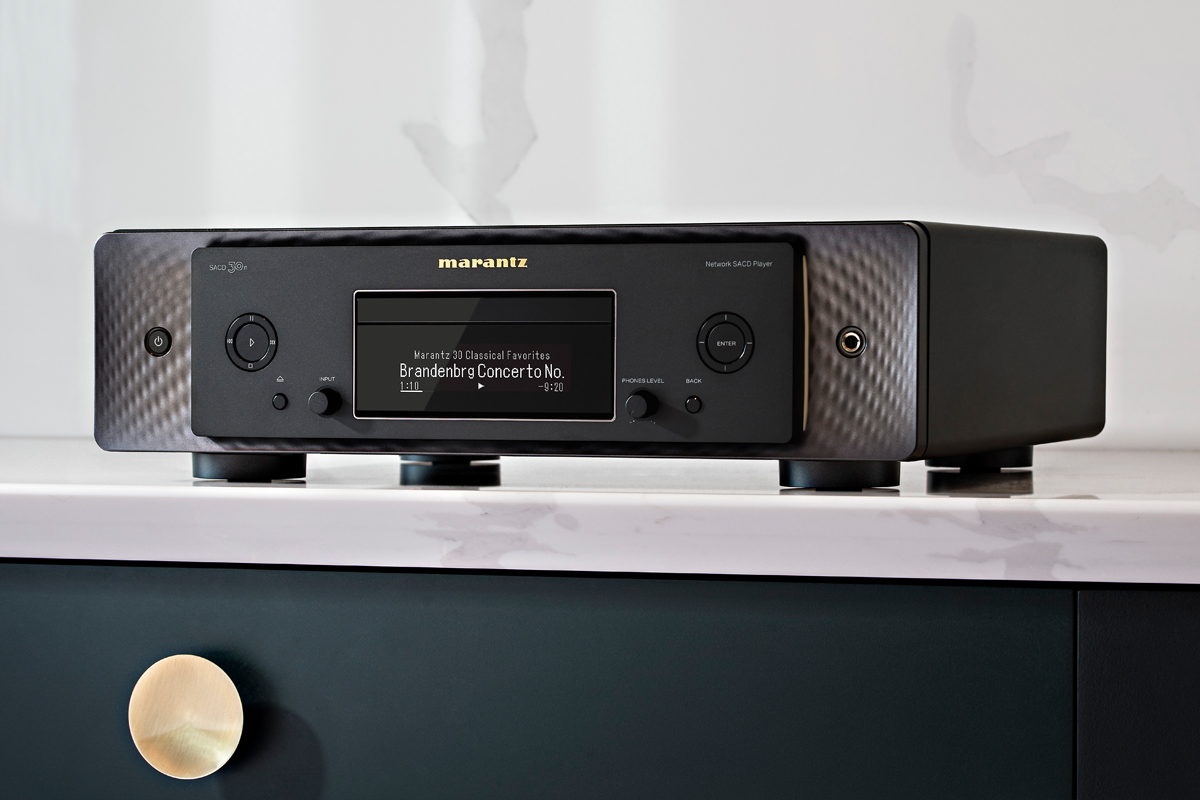
Marantz SACD 30n SACD/CD Player and Streaming DAC-Preamp
- Written by: Gordon Brockhouse
Is the Compact Disc on its last legs? It sure looks that way. According to the Recording Industry Association of America (RIAA), US sales of CDs fell 45.2% (units) and 47.6% (dollars) in the first half of 2020, compared to the same period a year earlier. In that same period, revenues from streaming grew 12%, to $4.8 billion—85% of recording-industry revenues in the US.
Read more: Marantz SACD 30n SACD/CD Player and Streaming DAC-Preamp
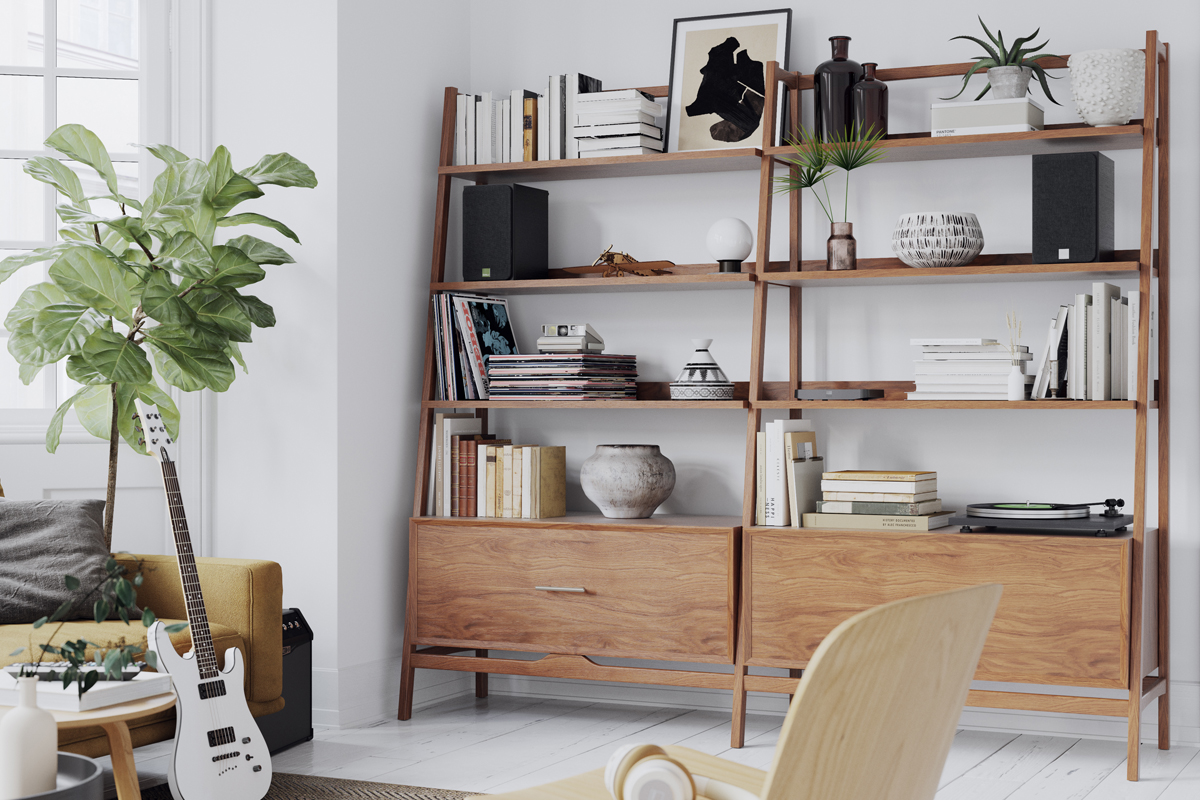
DALI Oberon 1 C Active Loudspeakers and Sound Hub Wireless Transmitter
- Written by: Gordon Brockhouse
In the last three years, Danish Audiophile Loudspeaker Industries (DALI) has introduced active versions of models from three of its speaker series:
Read more: DALI Oberon 1 C Active Loudspeakers and Sound Hub Wireless Transmitter
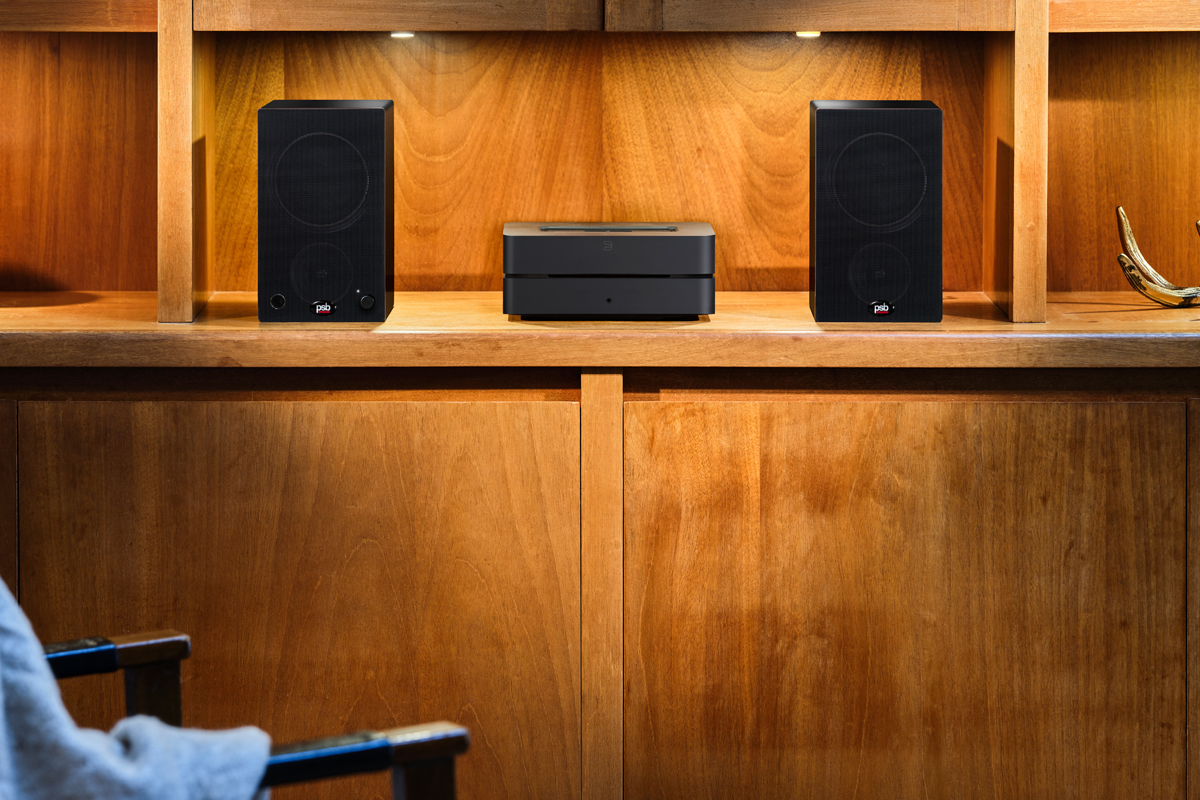
PSB Alpha AM3 Powered Loudspeakers
- Written by: Gordon Brockhouse
 Introduced in 1991, PSB’s affordable Alpha series of loudspeakers have since earned a reputation for performance and value, and received many awards. PSB’s Alpha P5 two-way minimonitor ($399/pair, all prices USD except as noted) received a Reviewers’ Choice Award when it was reviewed on SoundStage! Access by Hans Wetzel in March 2019, and was subsequently named a SoundStage! Network Product of the Year for Exceptional Value.
Introduced in 1991, PSB’s affordable Alpha series of loudspeakers have since earned a reputation for performance and value, and received many awards. PSB’s Alpha P5 two-way minimonitor ($399/pair, all prices USD except as noted) received a Reviewers’ Choice Award when it was reviewed on SoundStage! Access by Hans Wetzel in March 2019, and was subsequently named a SoundStage! Network Product of the Year for Exceptional Value.
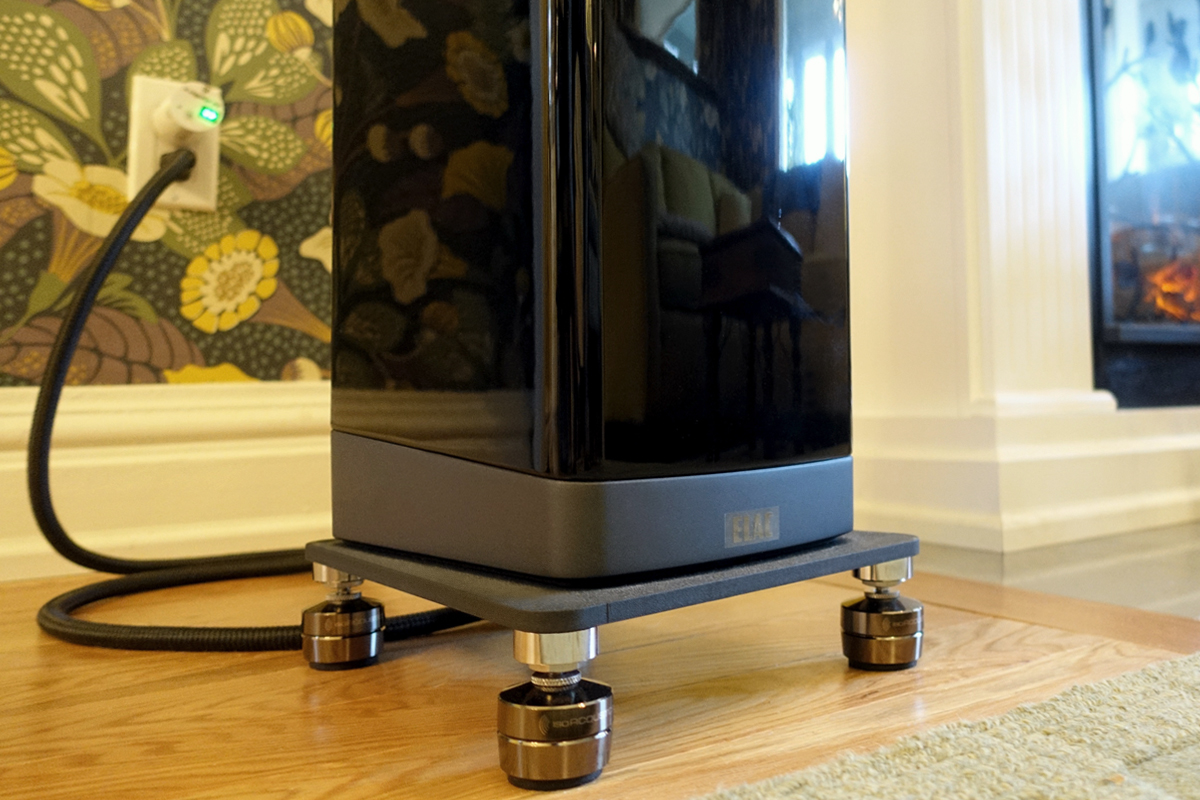
Tinkering Simplifi'd
- Written by: Gordon Brockhouse
During the 2018 Toronto Audiofest, I had an interesting conversation with an industry colleague about active speakers and streaming music. As previously observed on Simplifi, my living room can’t accommodate a conventional component system comprising amps and passive loudspeakers. Nor can it accommodate physical media such as CDs and LPs. For that reason, I’ve built my main hi-fi system around a pair of Elac Navis ARF-51 active speakers ($4599.96/pair, all prices USD), which have 300Wpc of built-in amplification. I stream all my music to the living room over our home network.
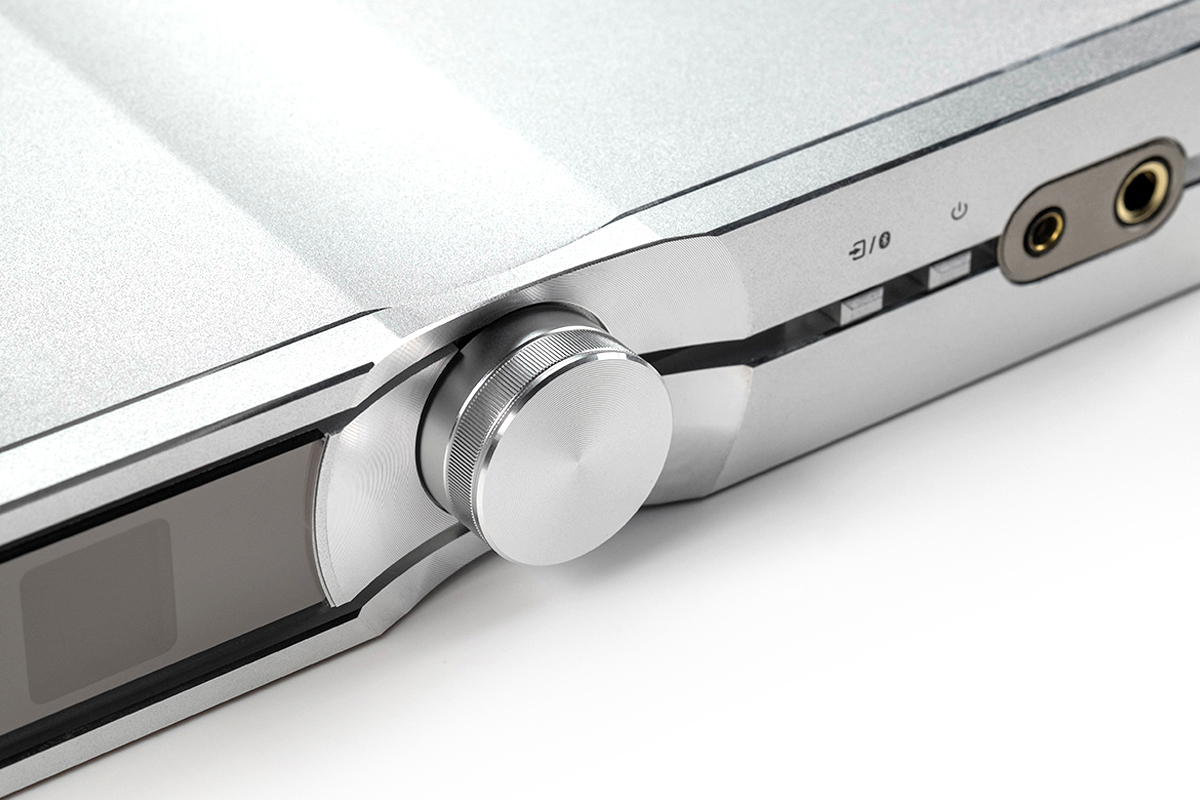
iFi Audio Neo iDSD DAC-Preamp-Headphone Amplifier
- Written by: Gordon Brockhouse
When he visited my home last summer, SoundStage! founder and publisher Doug Schneider asked what I thought was a strange question. Which am I into more, music or sound? Am I first and foremost an audiophile or a music lover?
Read more: iFi Audio Neo iDSD DAC-Preamp-Headphone Amplifier
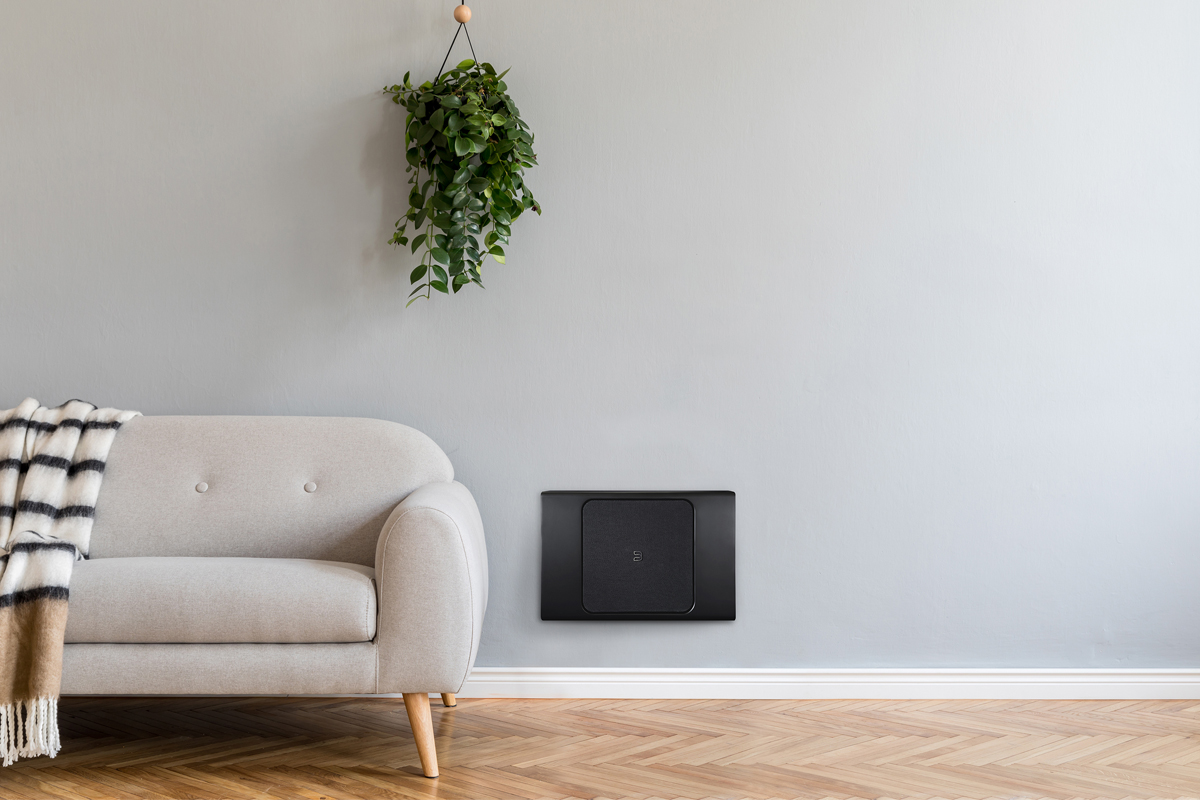
Bluesound Pulse Sub+ Wireless Subwoofer
- Written by: Gordon Brockhouse
In no other area do audiophile aspirations collide more forcefully with the laws of physics than in the reproduction of deep bass. That’s especially true with audio systems installed in multipurpose living areas, as opposed to dedicated media rooms. There are two main reasons for this, one quantitative, the other qualitative.
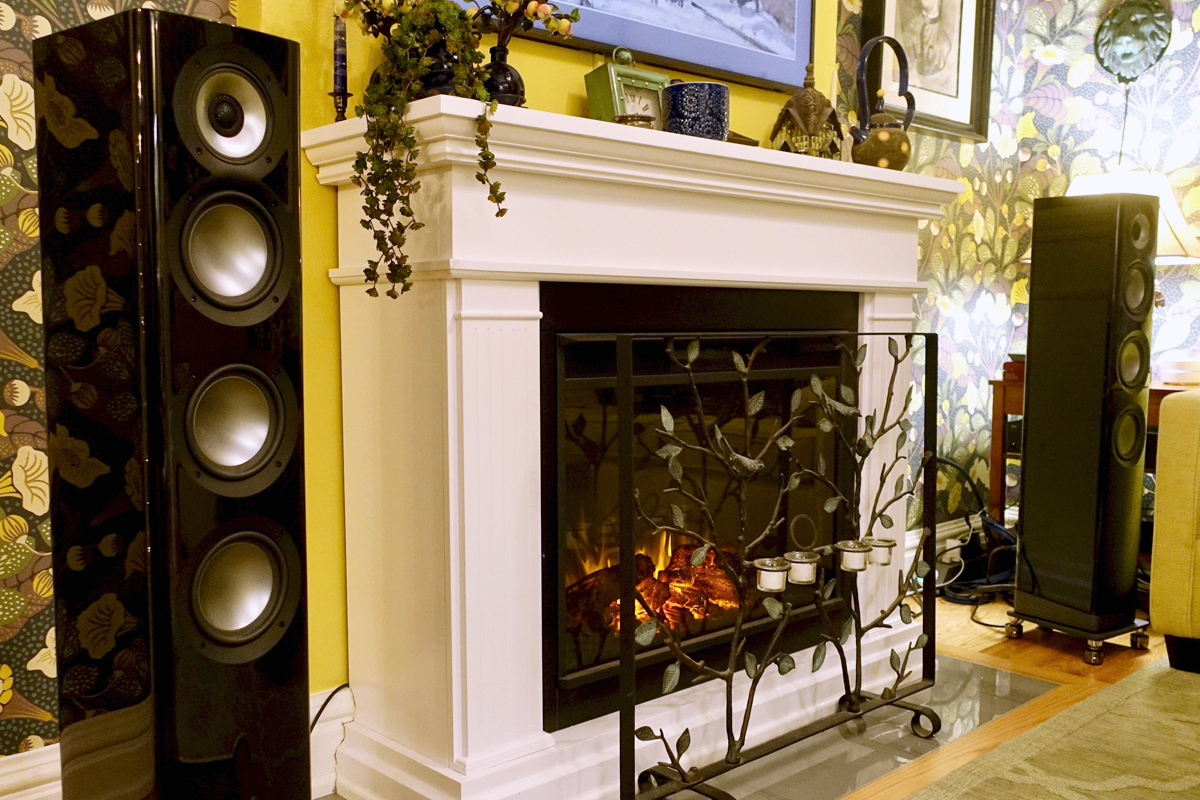
Simplifi Defined
- Written by: Gordon Brockhouse
A trick question: What are the most valuable components of your music system? I don’t know about yours, but the most valuable parts of mine are space and time. If that sounds like new-age hokum, stay with me—that insight has a lot to do with how I’ve configured my hi-fi system, how I use it, and the writing I do in this corner of the SoundStage! Network.
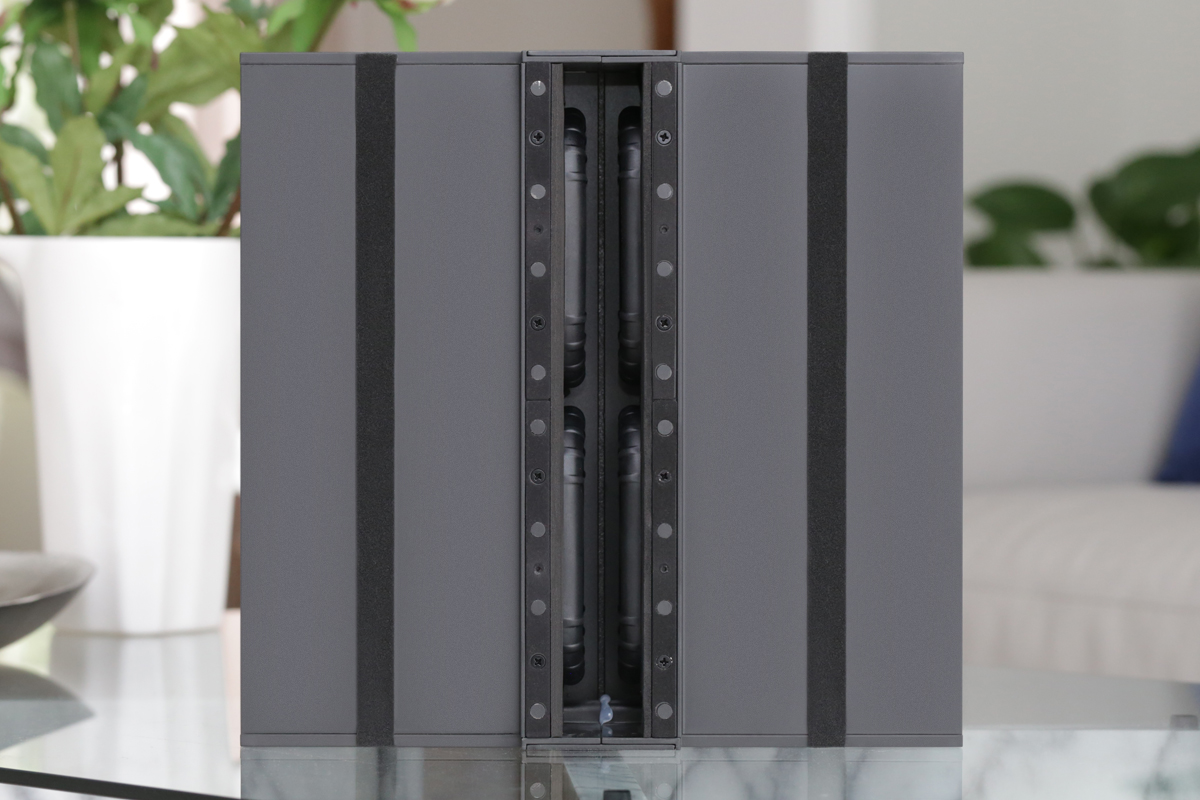
Going Deep with Artison
- Written by: Gordon Brockhouse
Last spring, I added a new component to my audio wish list: a subwoofer. It happened after I’d conducted an experiment in which I compared my Elac Navis ARF-51 active floorstanding speakers ($4599.98/pair, all prices USD) with a pair of Elac Navis ARB-51 active stand-mounted speakers ($2299.98/pair), the latter augmented by an SVS PB-2000 Pro subwoofer ($899.99). I wanted to find out which would give me better sound: a pair of full-range floorstanders, or a pair of minimonitors plus a sub. The Navises employ the same drivers, crossovers, and amplifiers—in short, that minimum of variables made these two models an ideal test bed for my experiment.
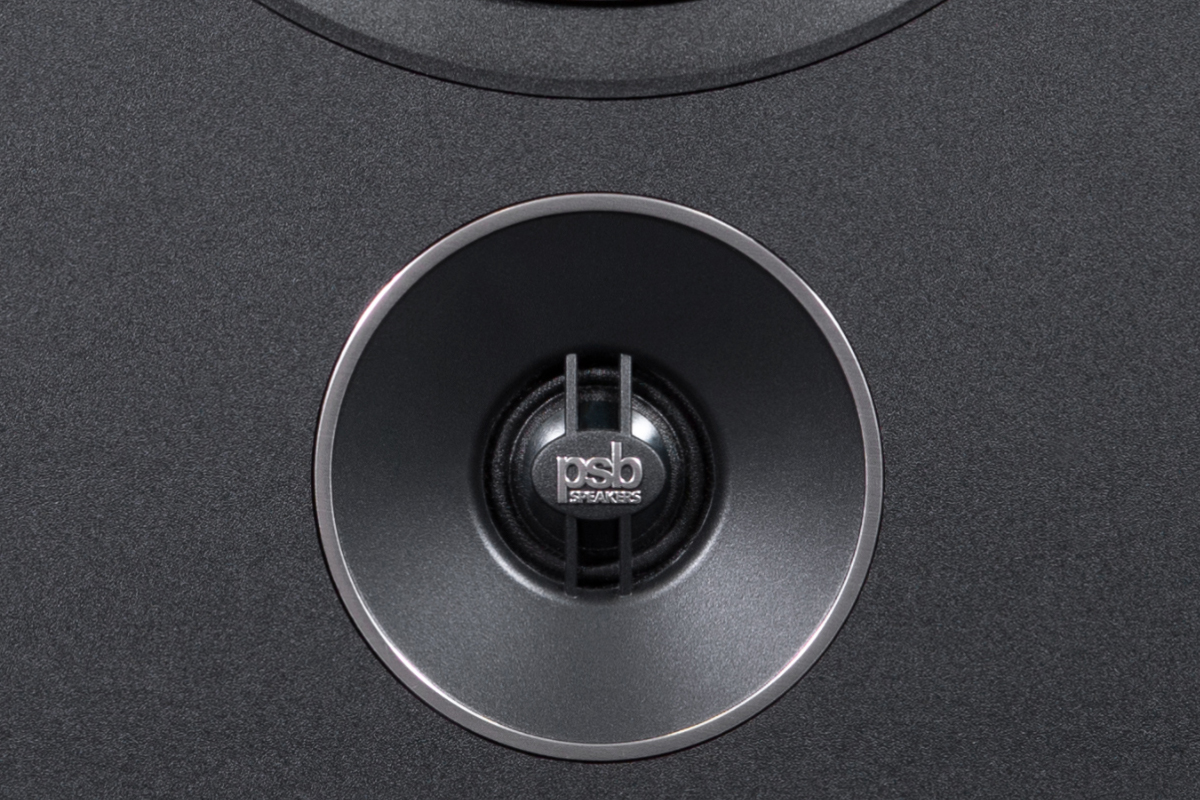
PSB Alpha AM5 Powered Loudspeakers
- Written by: Gordon Brockhouse
 I didn’t expect to be writing this review -- at least, not now. As I mentioned a month ago, in my feature article “A Perfect Pair,” when I read PSB’s announcement of their new Alpha AM3 and Alpha AM5 powered speakers, I immediately requested for review a pair of AM5s. I was told that samples would be shipped to me that very week -- only to hear, a few days later, that review samples weren’t available, due to robust initial orders and pandemic-related product shortages. When PSB offered to supply the smaller AM3s, I gladly accepted.
I didn’t expect to be writing this review -- at least, not now. As I mentioned a month ago, in my feature article “A Perfect Pair,” when I read PSB’s announcement of their new Alpha AM3 and Alpha AM5 powered speakers, I immediately requested for review a pair of AM5s. I was told that samples would be shipped to me that very week -- only to hear, a few days later, that review samples weren’t available, due to robust initial orders and pandemic-related product shortages. When PSB offered to supply the smaller AM3s, I gladly accepted.

A Simplifi Yearbook
- Written by: Gordon Brockhouse
At the start of 2020 — it seems an age ago — I’d made some ambitious travel plans for the year: In March, I’d take the train to Montreal for the Audiofest; in April, I’d fly to Chicago for AXPONA. In May, I’d jet off to Munich for the High End show. In October I’d stay in my home city to attend the Toronto Audiofest, and in November it would be off to Warsaw for the Audio Video Show.
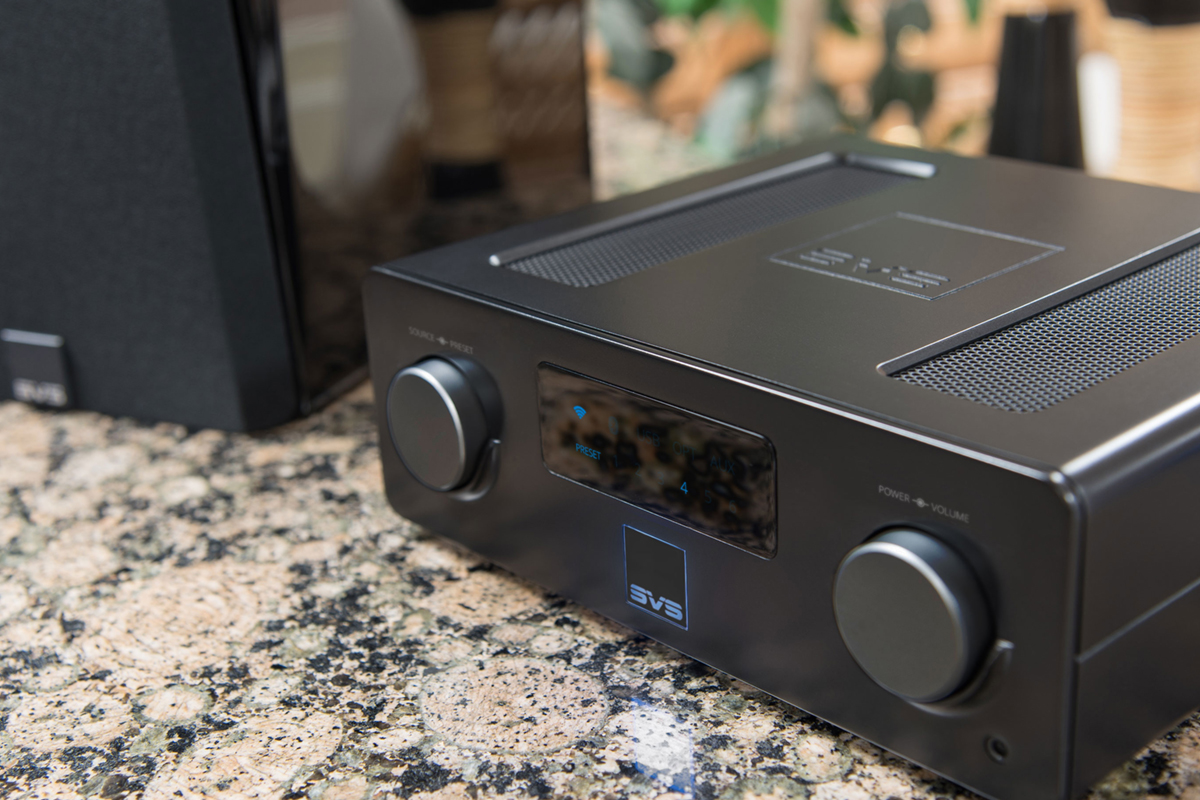
SVS Prime Wireless SoundBase Streaming Integrated Amplifier
- Written by: Gordon Brockhouse
Most audiophiles know SV Sound (SVS) as a manufacturer of high-performance, high-value speakers and subwoofers. The Ohio-based company’s catalog also includes one electronic component: the Prime Wireless SoundBase ($499.99, all prices USD), which combines a powerful integrated amplifier and network streamer in one compact case.
Read more: SVS Prime Wireless SoundBase Streaming Integrated Amplifier
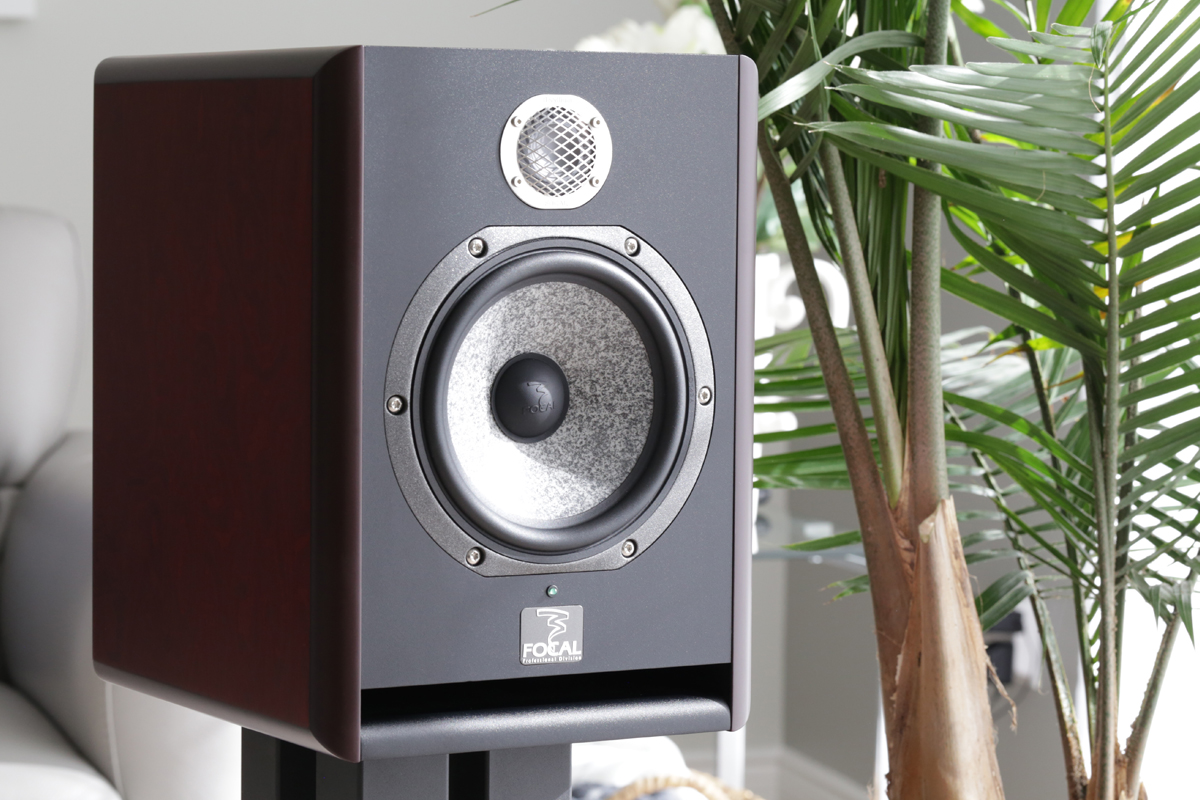
Focal Solo6 Be Active Loudspeakers
- Written by: Gordon Brockhouse
One of the best-kept secrets of home audio is the possibility of building a hi-fi system around a pair of professional studio monitors. As I discussed in my July 1 feature, “Turning Pro,” studio monitors offer more bang for the buck than most conventional systems comprising separate electronics and passive speakers.
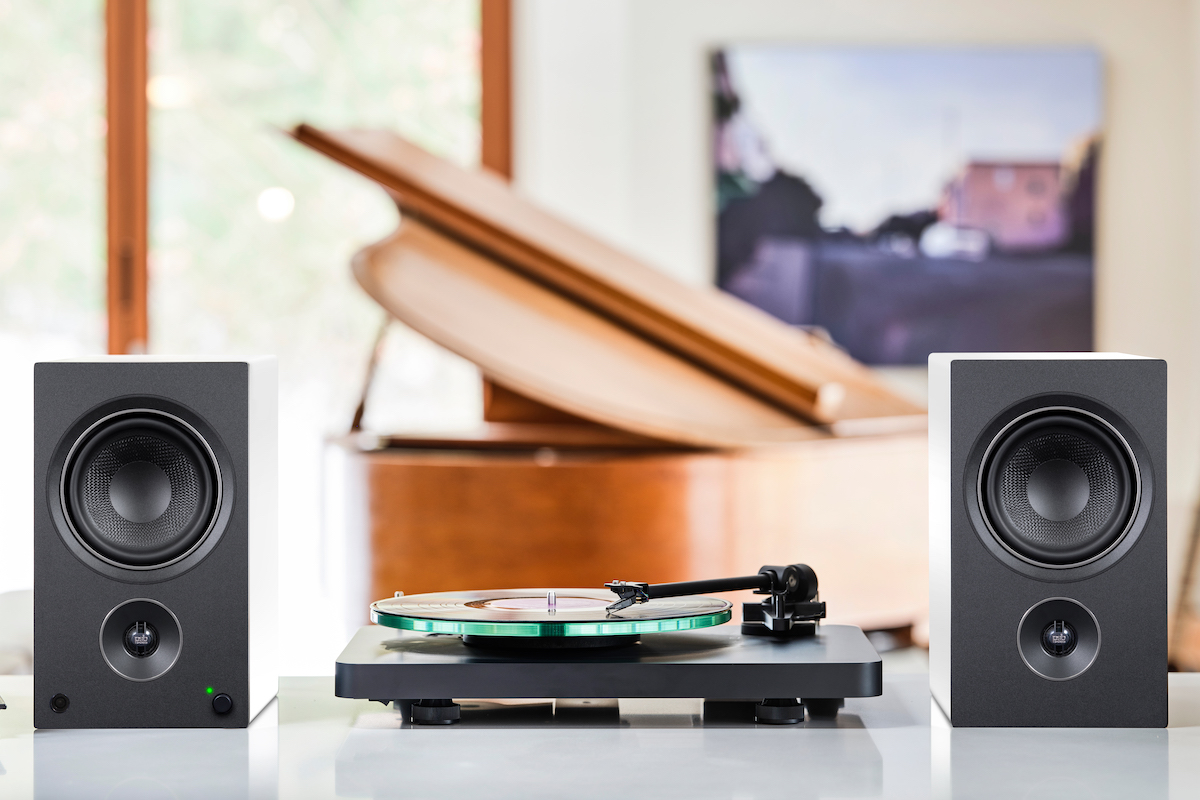
A Perfect Pair
- Written by: Gordon Brockhouse
It sounds like a nice problem for a speaker maker to have: Some hot new models are launched, and the first batch immediately sells out. That’s what happened when PSB announced powered versions of its acclaimed Alpha P3 and Alpha P5 minimonitors.
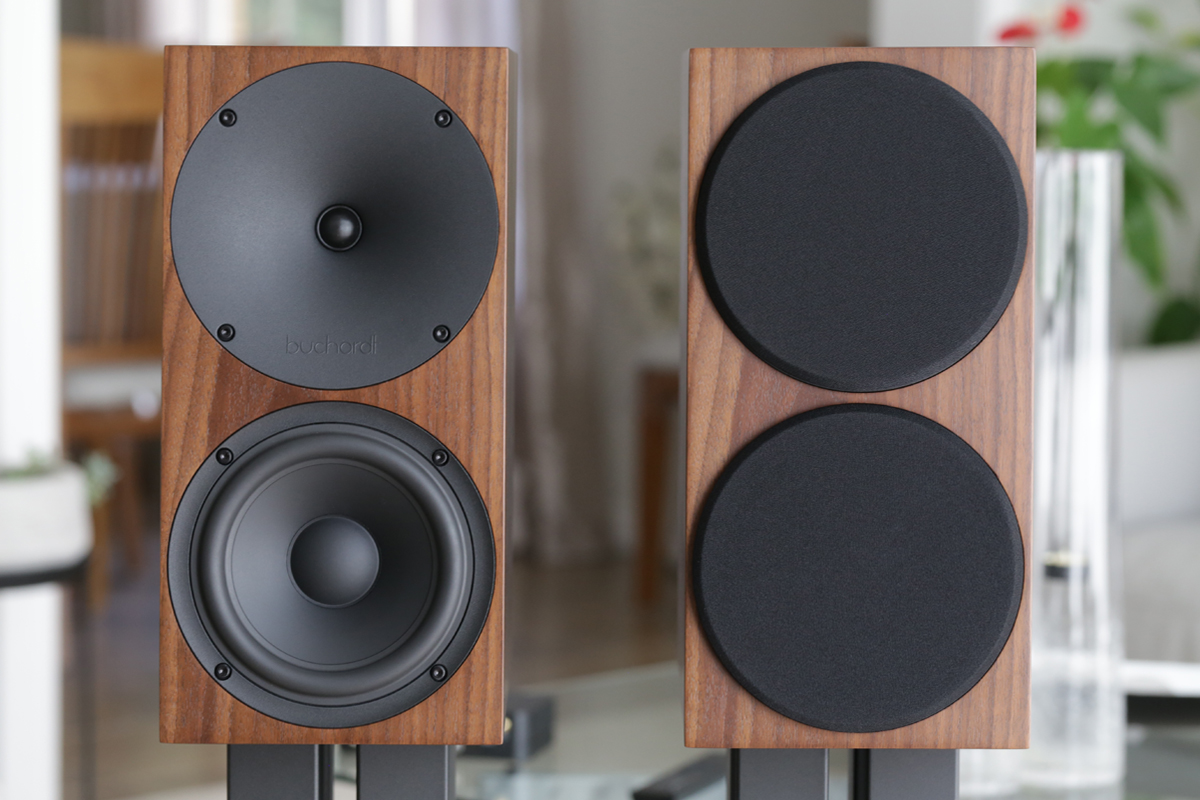
Buchardt Audio A500 Active Loudspeakers and Stereo Hub WiSA Transmitter
- Written by: Gordon Brockhouse
 With apologies to William Shakespeare, there’s something rockin’ in the state of Denmark, audiowise. When it comes to active speakers that include digital signal processing (DSP) -- in my opinion, now the most exciting segment of audio -- the Danes are on the leading edge. During my two-years-plus at SoundStage! Simplifi, I’ve written about active speakers from several Danish brands, including DALI, Dynaudio, and System Audio, and I’ve loved them all.
With apologies to William Shakespeare, there’s something rockin’ in the state of Denmark, audiowise. When it comes to active speakers that include digital signal processing (DSP) -- in my opinion, now the most exciting segment of audio -- the Danes are on the leading edge. During my two-years-plus at SoundStage! Simplifi, I’ve written about active speakers from several Danish brands, including DALI, Dynaudio, and System Audio, and I’ve loved them all.
Read more: Buchardt Audio A500 Active Loudspeakers and Stereo Hub WiSA Transmitter
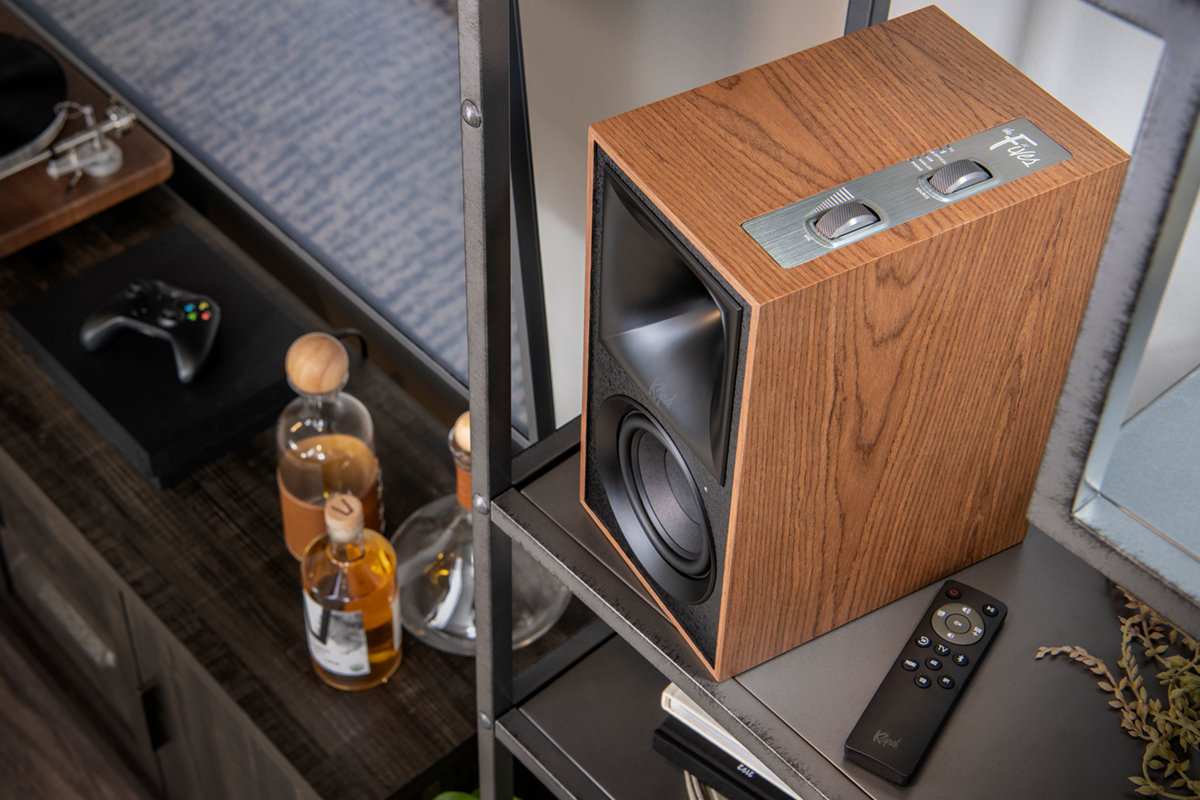
Klipsch The Fives Active Loudspeakers
- Written by: Gordon Brockhouse
Is there a speaker brand that does retro as well as Klipsch? I doubt it. Klipsch’s big horn speakers hark back to the middle of the 20th century, and so do their lifestyle products.
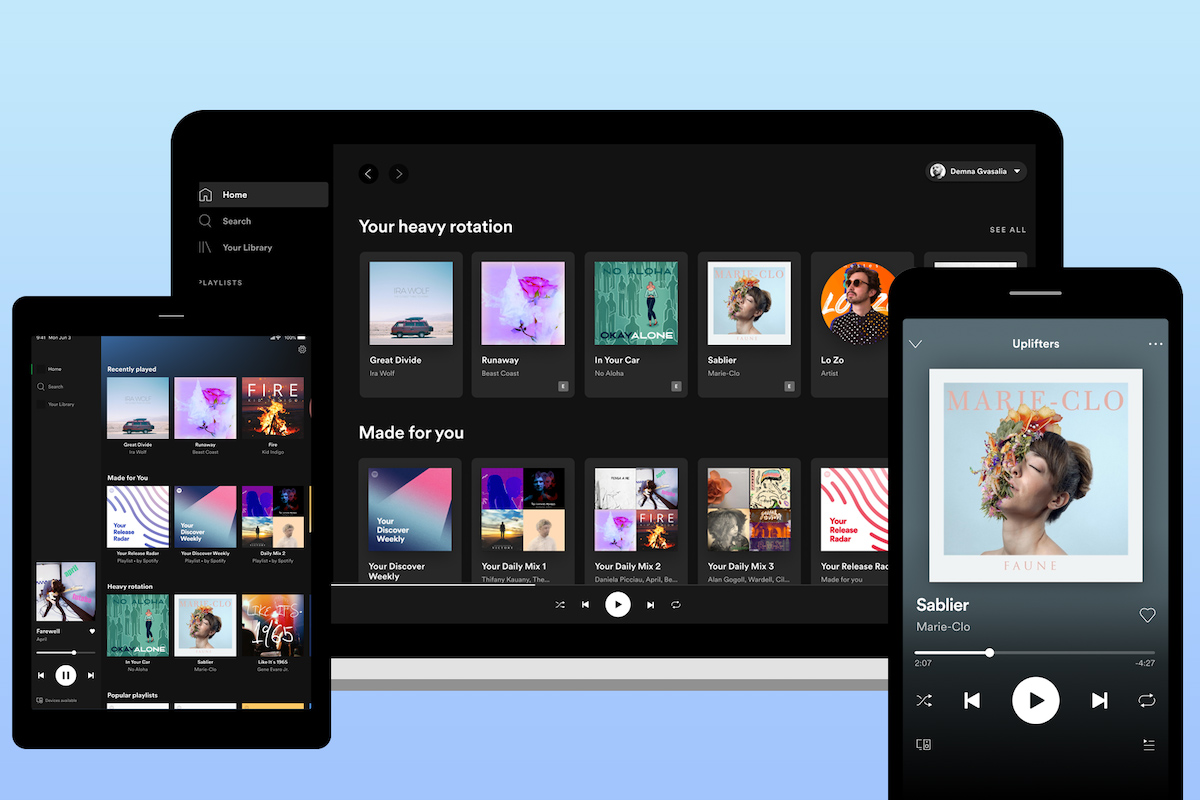
The Critical Component
- Written by: Gordon Brockhouse
In the last decade, recorded music has undergone a sea change -- it has become disembodied. From the late 19th to the early 21st century, music was distributed on physical media. In the early 21st century, digital downloads held sway, then quickly gave way to on-demand streaming.
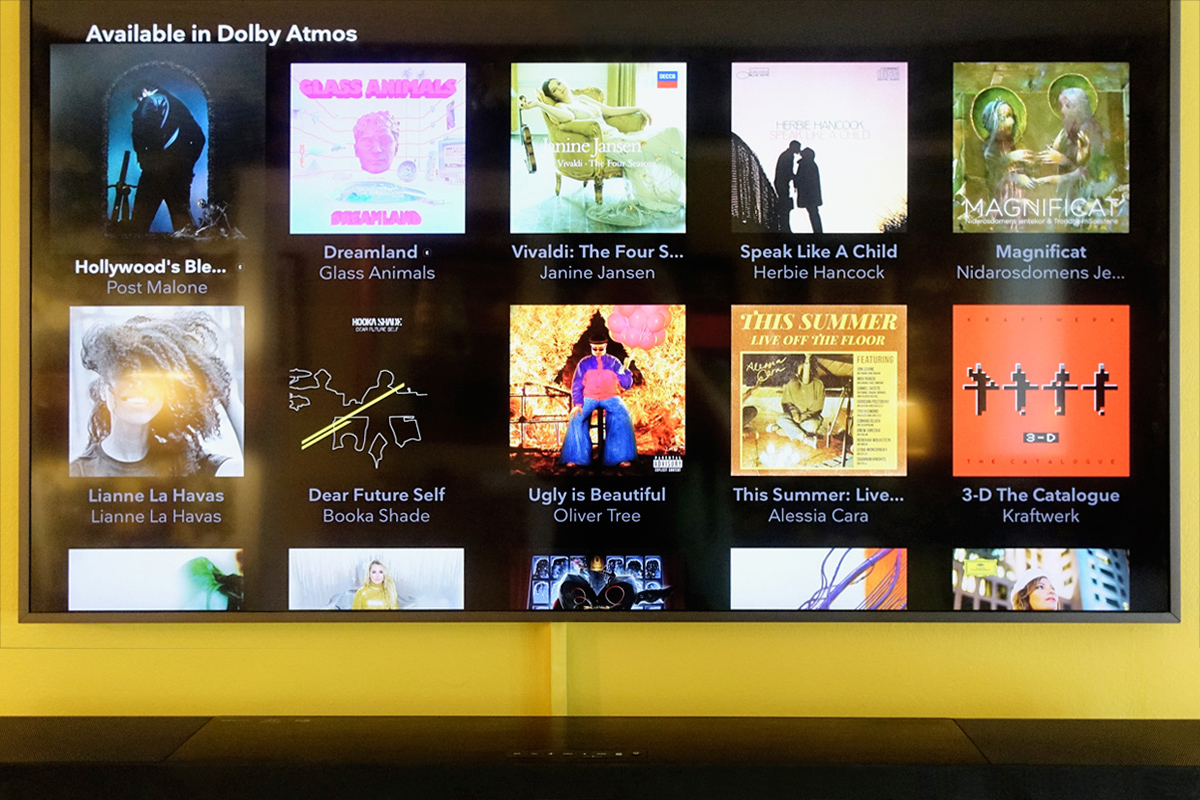
Has the Time Come for Surround Music?
- Written by: Gordon Brockhouse
A year ago this week, Amazon shook up the audio world with its announcement of Amazon Music HD, a streaming service that today offers 60 million tracks in lossless 16-bit/44.1kHz CD resolution, plus “millions” of hi-rez tracks in resolutions up to 24/192. While lossless and hi-rez files were already available from Qobuz and Tidal, the leading streaming services all used lossy codecs, so Amazon’s embrace of hi-rez audio was big news.
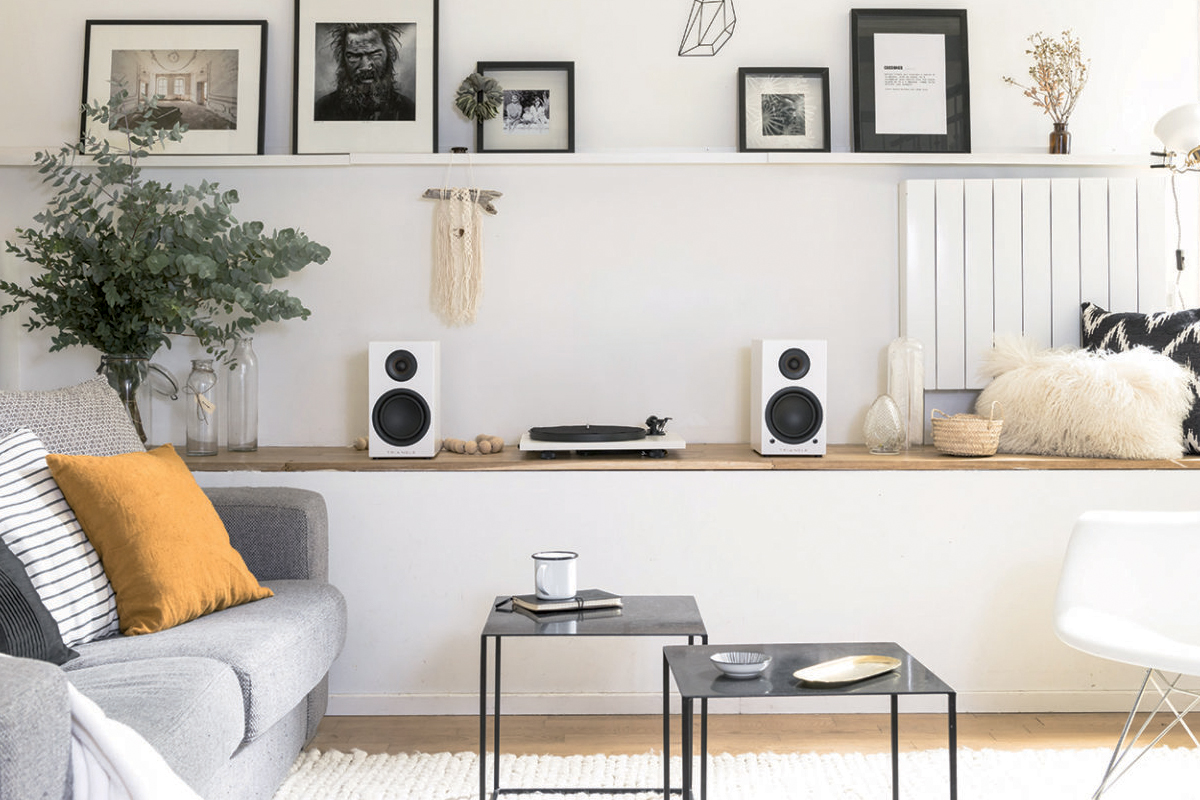
Triangle Elara LN01A Powered Loudspeakers
- Written by: Gordon Brockhouse
For the past couple of decades, the audio industry has been angsting about how to get young listeners interested in hi-fi. It’s not that teens and twentysomethings don’t love music; it’s that their musical lives revolve around smartphones, headphones, maybe a Bluetooth speaker. How can they be introduced to the joys of listening to real stereo from real hi-fi speakers?
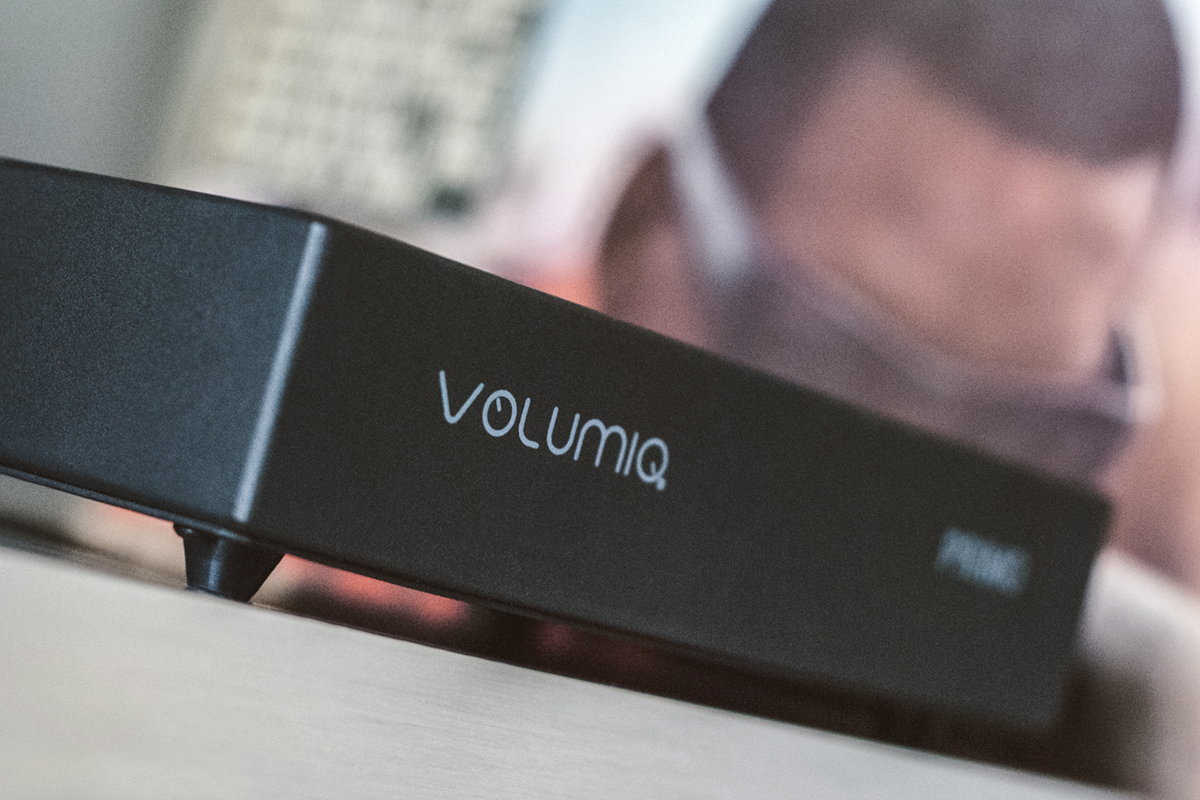
Volumio Primo Community Edition and Hi-Fi Edition Streaming DACs
- Written by: Gordon Brockhouse
Volumio may not be a household name among audiophiles, but it has a huge following among DIY hobbyists. Based in Florence, Italy, Volumio is the developer of an eponymous, open-source Linux distribution designed for music playback that can run on an inexpensive single-board computer (SBC) such as the Raspberry Pi. The company claims to have over 300,000 users, mainly hobbyists who run Volumio on home-built digital music streamers and servers.
Read more: Volumio Primo Community Edition and Hi-Fi Edition Streaming DACs
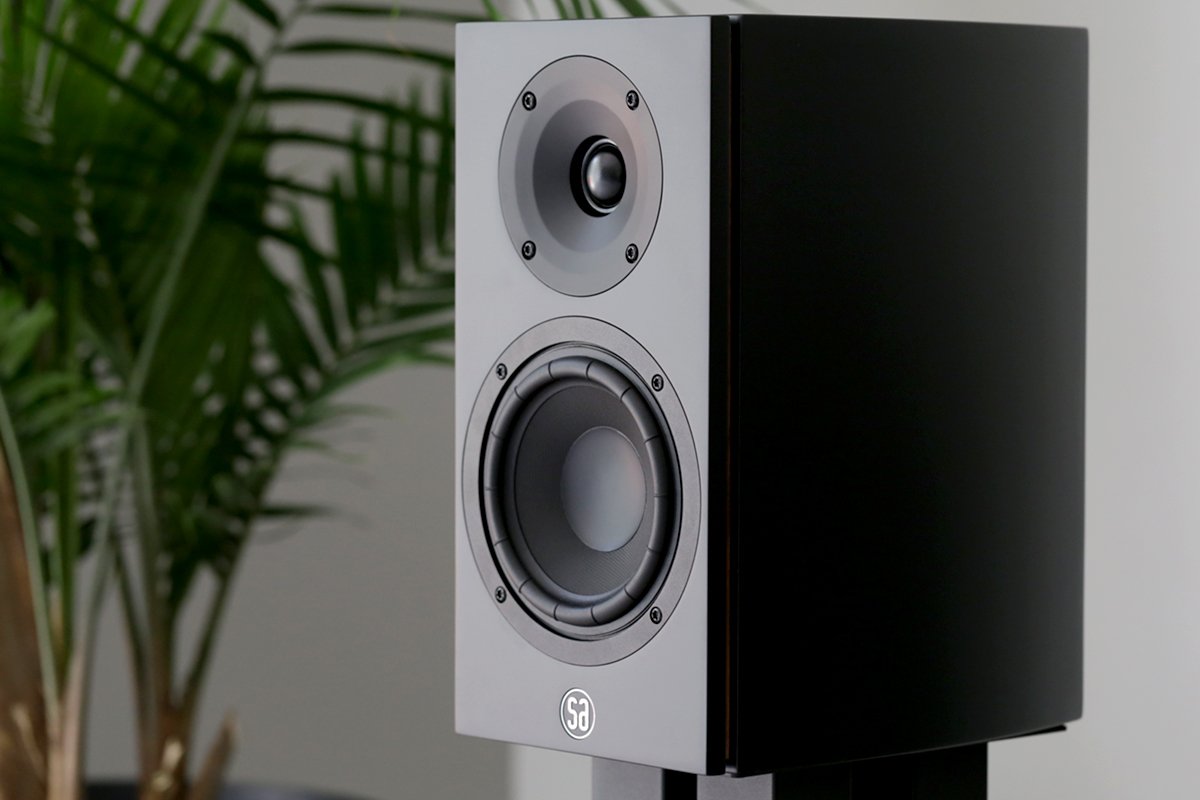
System Audio Legend 5 Silverback Active Loudspeakers and Stereo Hub WiSA Transmitter
- Written by: Gordon Brockhouse
Integrating a hi-fi system into a multipurpose living space can be complicated by all the wiring needed to connect the various components. This is particularly true of speaker cables, especially if they have to cross an open area of the room. Even if they aren’t tripping hazards, they’re unsightly.
Read more: System Audio Legend 5 Silverback Active Loudspeakers and Stereo Hub WiSA Transmitter
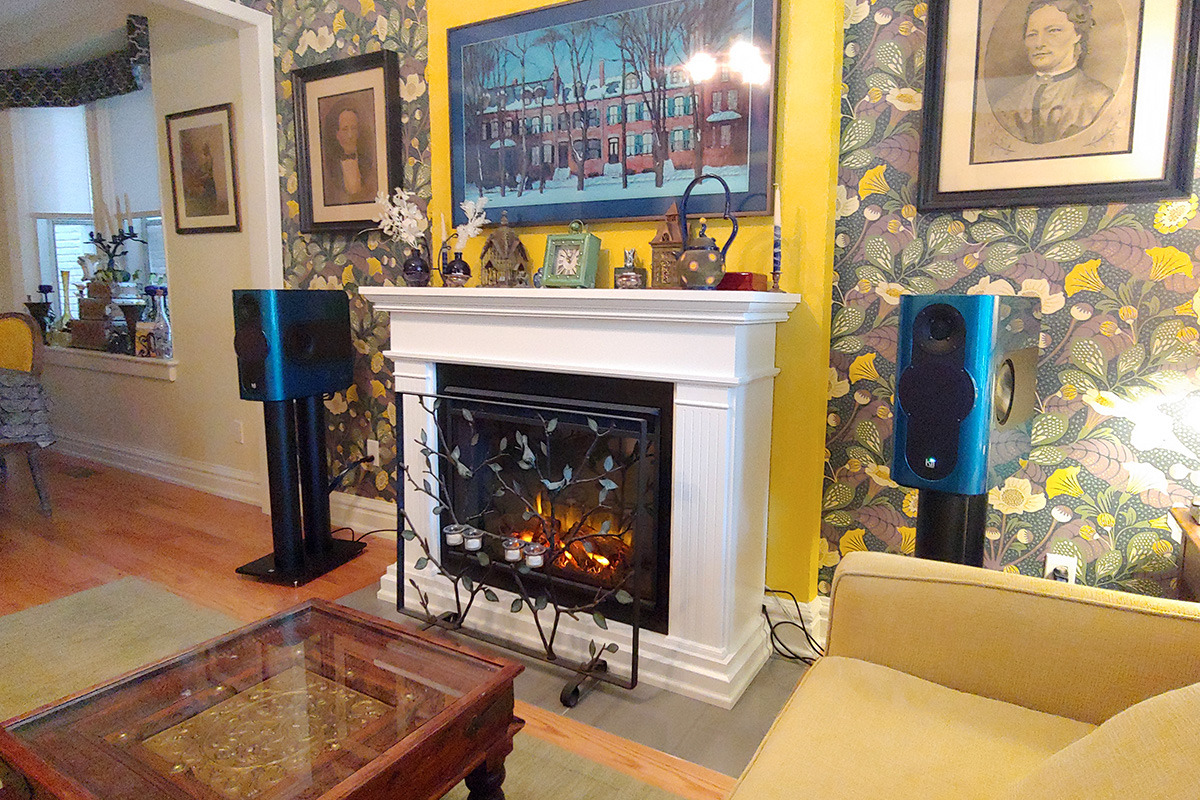
My Top Ten Products of the Last Two Years
- Written by: Gordon Brockhouse
On a Friday morning, two years ago this month, an unexpected e-mail from SoundStage! publisher Doug Schneider appeared in my inbox. I say “unexpected” because, at the time, I barely knew Doug. We’d met a few times at such audio events as CEDIA and the Consumer Electronics Show, and I knew Doug by reputation, having been a regular reader of SoundStage! publications since the Network’s launch, in 1995. We arranged to chat by phone.

Andover Audio Model-One Turntable Music System
- Written by: Gordon Brockhouse
If you want to establish a new audio brand, where do you start? That was the question faced by Andover Audio, a Boston-area company founded in 2012 by ex-employees of Cambridge SoundWorks, when they decided to offer products under their own brand.
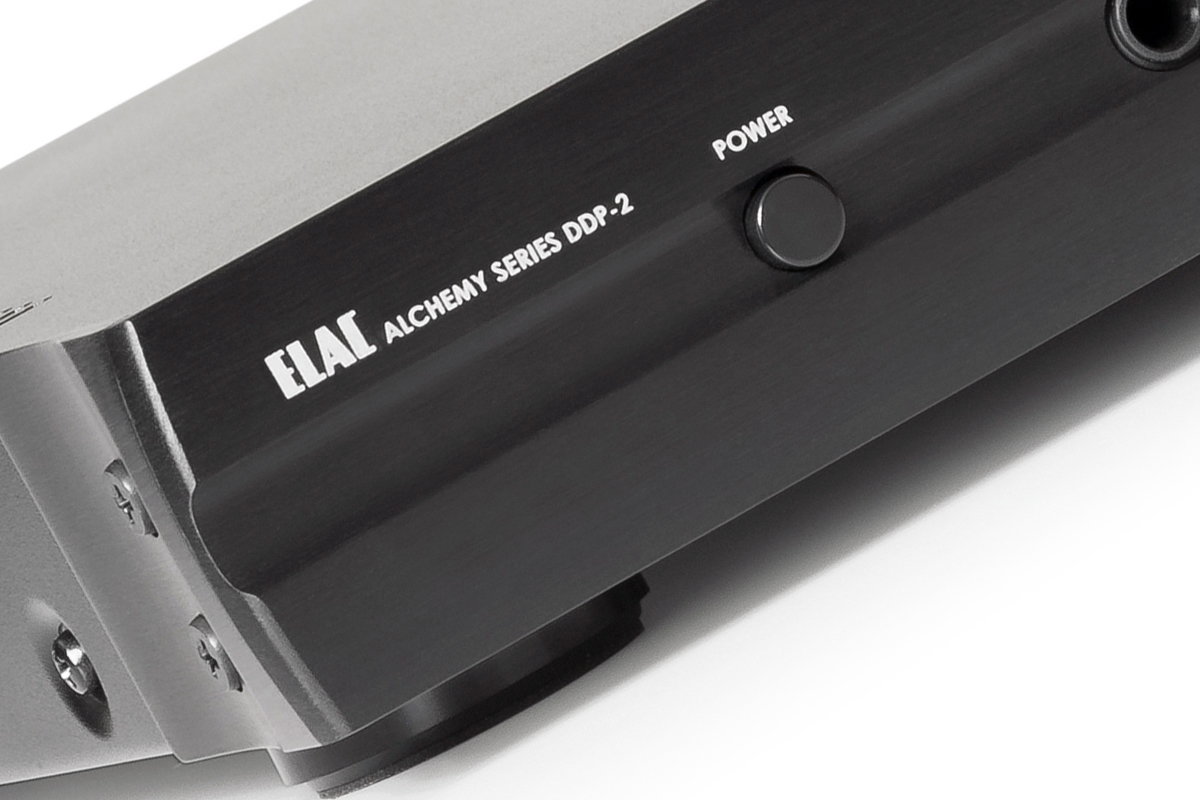
Elac Alchemy DDP-2 Streaming DAC-Preamp
- Written by: Gordon Brockhouse
The American brand Audio Alchemy was founded in the 1980s and folded a decade later. It re-emerged in the early 2000s, and was purchased by Elac in 2016, where it has undergone a renaissance. Audio Alchemy founder Peter Madnick now acts as a consulting engineer for Elac, and is responsible for developing Elac’s Alchemy series of electronic components, now in their second generation.
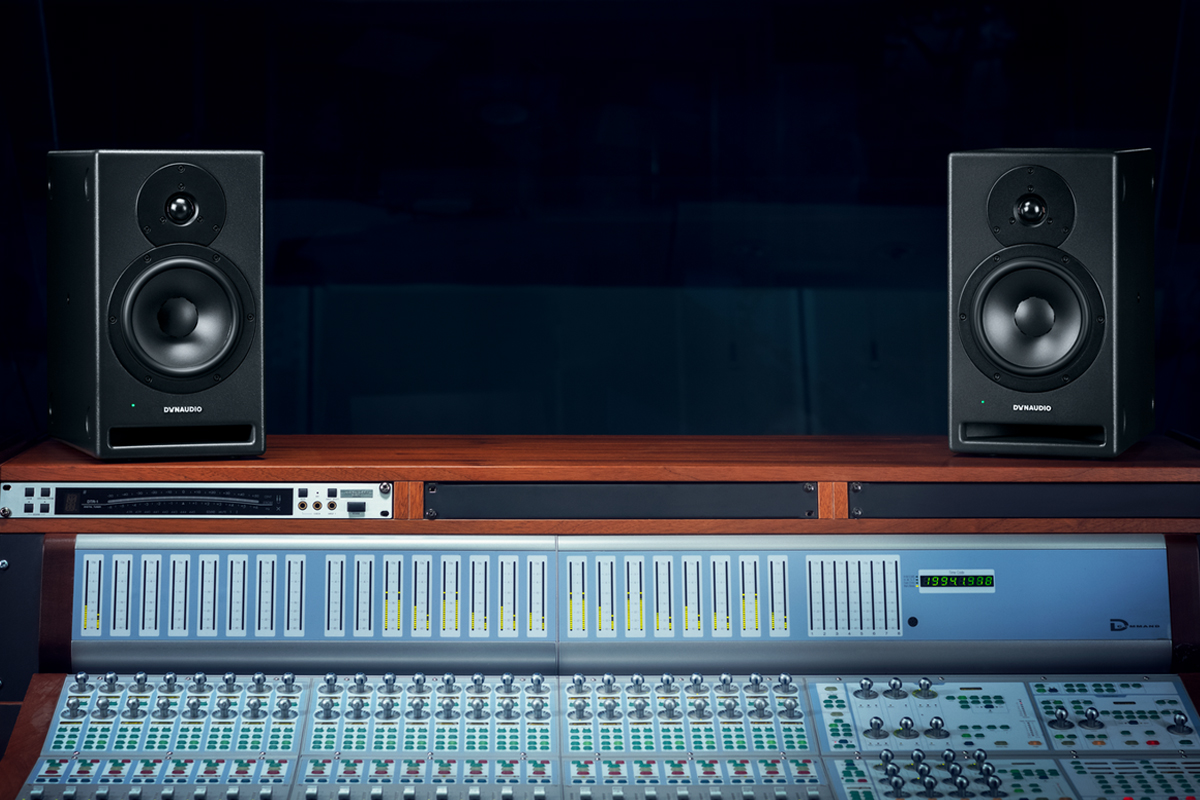
Turning Pro
- Written by: Gordon Brockhouse
In the two years I’ve been writing for SoundStage! Simplifi I’ve reviewed 15 stereo loudspeakers, all of them active or powered models. There’s a practical reason for this. I don’t have a dedicated music room, and our living room isn’t big enough to accommodate a conventional audio system of separate components: sources, amplifiers, and passive speakers. So the music systems in our current home have been built around active speakers -- first, Dynaudio’s Focus 200 XD, which, following a firmware update, is sonically and functionally identical to the newer Focus 20 XD ($5999/pair, all prices USD); and, later, Elac’s Navis ARF-51 ($4599.98/pair).
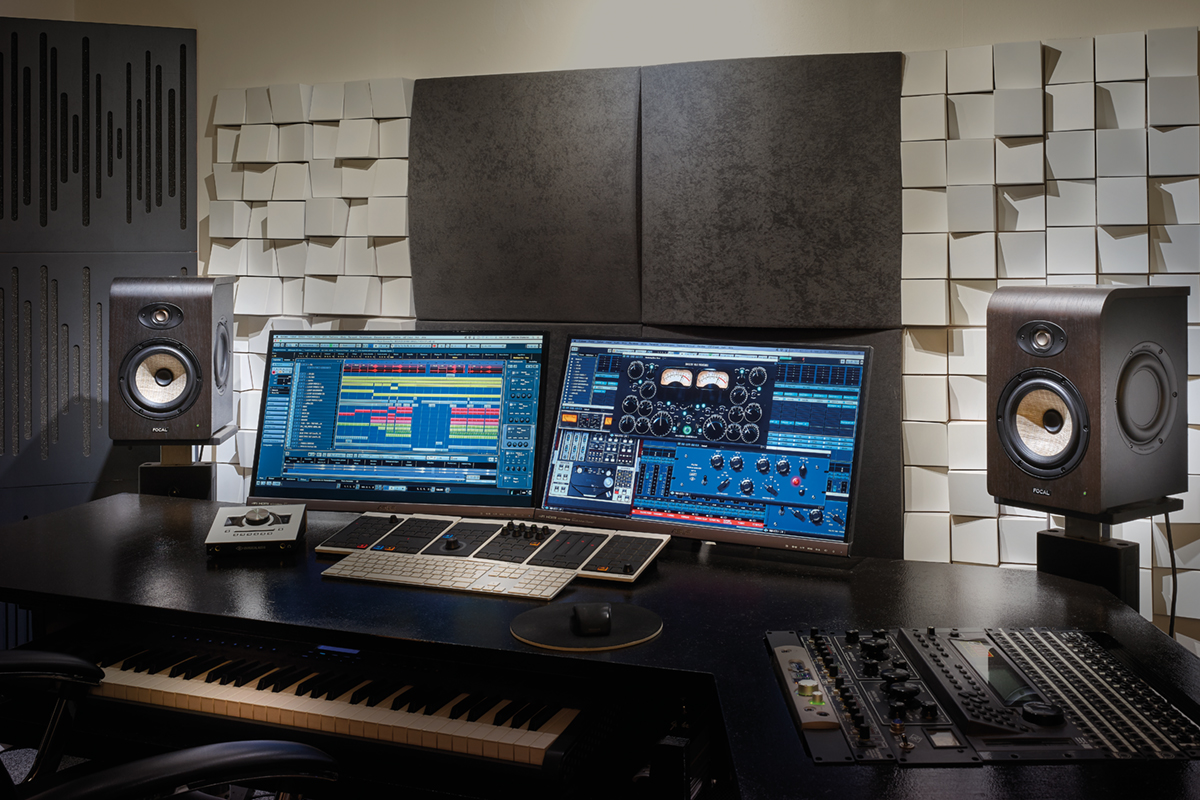
Focal Shape 65 Analog Active Loudspeakers
- Written by: Gordon Brockhouse
 In the past few years, the French speaker maker Focal has had an amazing run on SoundStage!. Reviewed by Diego Estan on SoundStage! Access, the Chora 806 ($990/pair, all prices USD) received a Reviewers’ Choice award, and was later designated a Recommended Reference Component. The same honors were bestowed on Focal’s Stellia headphones ($2990), reviewed by Brent Butterworth on SoundStage! Solo; and on the Spectral 40th floorstanding speakers ($9990/pair) and Sopra No1 minimonitors ($9990/pair), both reviewed by Diego for SoundStage! Hi-Fi. The Spectral 40th was also named a SoundStage! Network 2019 Product of the Year in the Hall of Fame category. That’s a mighty impressive record.
In the past few years, the French speaker maker Focal has had an amazing run on SoundStage!. Reviewed by Diego Estan on SoundStage! Access, the Chora 806 ($990/pair, all prices USD) received a Reviewers’ Choice award, and was later designated a Recommended Reference Component. The same honors were bestowed on Focal’s Stellia headphones ($2990), reviewed by Brent Butterworth on SoundStage! Solo; and on the Spectral 40th floorstanding speakers ($9990/pair) and Sopra No1 minimonitors ($9990/pair), both reviewed by Diego for SoundStage! Hi-Fi. The Spectral 40th was also named a SoundStage! Network 2019 Product of the Year in the Hall of Fame category. That’s a mighty impressive record.
- All About That Bass
- HEDD Type 07 Analog Active Loudspeakers
- exaSound Audio Design Delta Music Server M100
- Bryston BDA-3.14 Streaming DAC-Preamplifier
- Gently Down the Stream
- Big Events
- iFi Audio Pro iDSD Streaming DAC-Preamp-Headphone Amplifier
- Sennheiser Ambeo Soundbar
- DALI Rubicon 6 C Hybrid Active Loudspeakers
- Rules of the Game
- Pro-Ject Audio Systems Pre Box RS2 Digital DAC-Preamp-Headphone Amp
- Klipsch RW-51M Wireless Powered Loudspeakers
- The Name Game
- iFi Audio Aurora Wireless Music System
- Naim Audio Mu-so Qb 2nd Generation Wireless Music System
- January 1, 2020: The State of Streaming
- Cambridge Audio CXA81 Integrated Amplifier-DAC
- Warsaw’s Audio Video Show 2019, Simplifi’d
- Hegel Music Systems H120 Integrated Amplifier-DAC
- DALI Katch One Soundbar
- NAD Classic C 658 BluOS Streaming DAC
- Toronto Audiofest 2019, Simplifi'd
- Kanto Audio Tuk Powered Loudspeakers
- Hi-Rez à-Go-Go
- Lumin T2 Network Music Player
- Naim Audio ND5 XS 2 Network Music Player
- Elac Navis ARF-51 Active Loudspeakers
- Streaming the Classics
- Devialet Phantom Reactor 900 Active Loudspeakers
- Play Nice Together -- An Interview with Rob Darling of Roon Labs
- PMC result6 Active Loudspeakers
- Bowers & Wilkins Formation Duo Active Loudspeakers
- Active Voices, Part Three: KEF's Jack Oclee-Brown
- Naim Audio Mu-so 2nd Generation Wireless Music System
- McIntosh Laboratory MTI100 Integrated Turntable
- High End 2019, Simplifi'd
- Yamaha WXA-50 MusicCast Streaming Amplifier
- NAD Masters M10 BluOS Streaming Integrated Amplifier
- Active Voices, Part Two: Axiom Audio's Andrew Welker
- Primare SC15 Prisma Streaming DAC-Preamp
- Montréal Audio Fest Simplifi'd
- Naim Uniti Core CD Ripper/Music Server
- Elac Navis ARB-51 Active Loudspeakers
- Active Voices, Part One: Elac's Andrew Jones
- Bluesound Pulse 2i Wireless Speaker
- SVS Prime Wireless Active Speakers
- Let's Keep it Simple
- Totem Acoustic Kin Play Powered Speakers
- A Roon of One's Own
- KEF LSX Active Loudspeakers
- Bluesound Vault 2i CD Ripper-Server-Streamer
- Pro-Ject Audio Systems Stream Box S2 Ultra Music Streamer
- How I Simplifi'd My Wi-Fi
- Kii Audio Three DSP-Controlled Active Loudspeakers
- Aurender S5W Battery-Powered Wireless Active Loudspeakers
- Are Downloads Dead?
- Cambridge Audio Yoyo (L) Wireless Speaker
- Hi-Rez Streaming: Tidal vs. Qobuz
- DALI Callisto 2 C Active Speaker System
- Toronto Audiofest 2018 Simplifi'd
- Kanto SYD Bluetooth Speaker
- LG G7 ThinQ Smartphone
- How I Simplifi'd My Hi-Fi
- Pro-Ject Audio Systems Juke Box E Turntable-Integrated Amplifier
- Time to Celebrate: Five Years of Google Chromecast
- NAD D 3020 V2 Bluetooth Integrated Amplifier-DAC
- How Good Can Voice Recognition Get?
- Polk Assist Wi-Fi Smart Speaker
- Are Smart Speakers Any Good for Audiophiles?
- MartinLogan Unison Wireless Preamplifier
- High End 2018, Simplifi'd
- Dynaudio Music 7 Wi-Fi Speaker
- Musical Fidelity M6 Encore 225 Music System
- Cocktail Audio X35 Music System
- Is the Smart Speaker a Dumb Idea?
- Peachtree Audio decco125 Sky Integrated Amplifier-DAC
- Technics Ottava f SC-C70 Music System
- What's Up with Apple AirPlay 2?
- JBL Link 500 Wi-Fi Speaker
- The Spotify Dilemma
- Trinnov Amethyst DAC-Preamplifier-Processor
- Control4 Triad One Streaming Amplifier
- Elac Discovery Z3 Wi-Fi Speaker
- CES 2018, Simplifi’d
- Klipsch Heritage Wireless Three Wi-Fi Speaker
- Farewell, CES
- Paradigm PW 300 Wi-Fi Loudspeakers
- Thiel Audio Aurora Home Wi-Fi Speaker
- Room Tunes
- Hegel Music Systems H190 DAC-Integrated Amplifier
- Social Streaming
- Yamaha R-N803 Network Stereo Receiver
- Onkyo TX-8270 Network Stereo Receiver
- CEDIA 2017, Simplifi’d
- Dynaudio Focus 20 XD Active Loudspeakers
- Riva Audio Festival Wi-Fi Speaker
- Naim Audio Uniti Atom Wireless Streaming DAC-Integrated Amplifier
- Classical Prime Time
- NAD Masters Series M50.2 Digital Music Player
- Bryston BryFi BW-1 Wi-Fi Speaker
- The Röst Reconsidered
- Arcam rPlay Music Streamer
- Auralic Polaris Wireless Streaming DAC-Integrated Amplifier
- High End 2017, Simplifi'd
- Simaudio Moon Neo ACE DAC-Streamer-Integrated Amplifier
- Vinyl: There's an App for That
- Metadata: Life with Roon
- NAD C 368 DAC-Integrated Amplifier
- The Internet and Audio: The Good, the Bad, and the Impossible
- Lumin M1 Integrated Amplifier-Network Music Player
- Arcam Solo Music DAC-Integrated Amplifier-Universal Player
- McIntosh Laboratory RS100 Wi-Fi Loudspeakers
- The State of Streaming
- Hegel Music Systems Röst Integrated Amplifier
- CES 2017, Simplifi'd
- Naim Audio Mu-so Qb Wi-Fi Speaker
- Why "Simplifi"
- Bang & Olufsen BeoSound 2 Wi-Fi Speaker
Page 5 of 9
SoundStage! Simplifi is part of
All contents available on this website are copyrighted by SoundStage!® and Schneider Publishing Inc., unless otherwise noted. All rights reserved.
This site was designed by RocketTheme, Karen Fanas, and The SoundStage! Network.
To contact us, please e-mail info@soundstagenetwork.com





